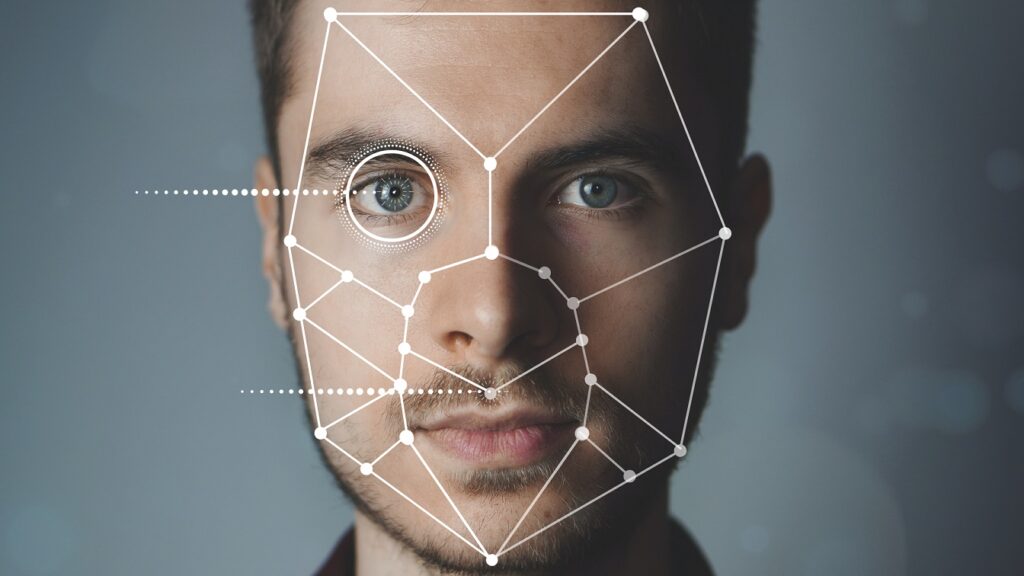
Making your marketing more efficient with Buyer Personas
Marketing
Posted 01 Dec 2020
Many companies who are planning a new advertising campaign for their social media presence or a product launch will at some point face the same questions: Who is the project aimed at? And, who are the paying customers or potential customers? It is this point that the topic of target groups comes up and how to best reach them.
In this respect, however, a rough demographic description such as “woman, living in Munich, 40-45 years old” is not very helpful. After all, this data is very generic and says little about how the person can be best reached and what is important to them. Thus, one hardly gains important insights for addressing customers.
To illustrate this: the focus of our analysis is on a person who was born in the UK and still resides there. They around 70 years old, very successful in their job, and loves vacationing in the Alps. The dilemma is that this description is so general, it could even apply to the rock musician, Ozzy Osbourne, or even Prince Charles – two people who could hardly be more different.
Instead of a demographic description of the target group, a Buyer Persona can be used to embody a typical customer and to depict them more accurately, in more detail, and more personality. Creating Buyer Personas makes sense for every company, no matter how large or what its customer base is.
But how does a Buyer Persona work and why is it so important? What advantages does the use of such a persona bring?
A Buyer Persona embodies your typical customer and gives them a face and emotions. The persona defines more than just age, profession, and gender. It also determines what prevents your customers from buying from you, what influences them in their everyday life, and which thought patterns lead them to their purchasing decisions.
Based on data about your customers, you develop a specific picture of them and from now on you have an accurate and precise picture in front of your eyes.
This exact picture of the customer has the advantage of being an orientation guide for content creation in blogs and social media, for designing products or social media content, for advertising, knowing where and how to reach them, and how to communicate with them. Let’s assume your Buyer Persona is named Sebastian, is often on Instagram, likes bright and colorful designs, knows a lot about topic x, but often looks for explanations about topic y. He prefers to be on a first-name basis and likes informal texts. Also, he usually gets his information from the websites x, y and the magazine z.
It is at this point that you know, unlike the competition, not only that Sebastian is often on Instagram, but also that you can more likely win him over more easily with bright, lively designs on the topic of y with informal text on it.
As you can see, the more information you have about Sebastian, the easier and, above all, more efficient you can design your marketing strategy, your social media presence, and your customer communication. This also applies to your new advertising spot, the new product design, etc.
The advantages of Buyer Personas are far-reaching. Resources can be bundled and thus used in a targeted manner. Scattering losses are reduced and campaigns achieve more effective results.
The goal of a successful Buyer Persona is that your customer thinks “This is just made for me” when they think of your brand.
The creation of a persona is based on solid and tangible data. If you just guess what the customer likes, you are as far as you were in the beginning. But how do you define usage behavior? Tools for determining the buyer persona are, for example, customer surveys, personal customer conversations, or close agreements with the sales department, which interacts with the customer daily.
The most important facts you need to know about your customers – The questionnaire for your Buyer Persona:
The personal: Don’t be afraid to go into detail. For example, Sebastian is 25 years old, has a little brother and a Chihuahua named “Filou”. Be careful not to get lost in such trivialities, because the name of the dog or whether Sebastian has an older or a younger brother is secondary. This information is primarily for illustrative purposes ( as your product or service has nothing to do with dogs). However, you can also add a representative hobby.
The preferences: Are there certain manners, a dress code, or design elements that are important for the customer? The topics the customer is interested in are important for the content of social media posts and blog posts. When you ask yourself what your customer expects from your product, don’t forget that it’s about more than just the product’s benefits. For example, when you order yourself business cards, you are not just buying the print on high-quality cards, but the feeling of professionalism. What feeling do you sell?
The objections: It is important to know whether customers reject the product initially because of preexisting prejudices or because they then found that the products and services were not up to their personal standards. Was the persona still too uncertain to complete the purchase? What exactly unsettled them?
The conclusion: the decision-making process is linked to the objections. In the foreground is the question of why there is a need or desire in the first place. But, more importantly, is the question where the persona gets their information from. From magazines? If so, from which? From the Internet? Via Google or social media? By which persons are they influenced? How influential are the people from your circle of friends and contacts? Does the persona think long and hard, or do they make very impulsive decisions?
Learn more about successful customer loyalty.
When creating a B2B persona, it is also important to recognize:
With this information, you can now create a fully functional buyer persona that will accompany your marketing and sales team for present and future buyer/seller relationships.
Revise your persona in regular intervals and bring it up to date to use its full potential.

Marketing Assistant at HBI Helga Bailey GmbH – International PR & MarCom
Lukas Huber has been part of HBI’s marketing team since 2020. As Marketing Assistant, his responsibilities include the development of marketing campaigns, social media management and the creation of specialized articles.